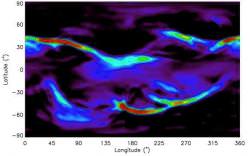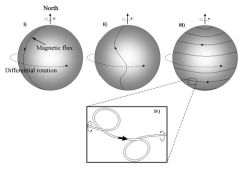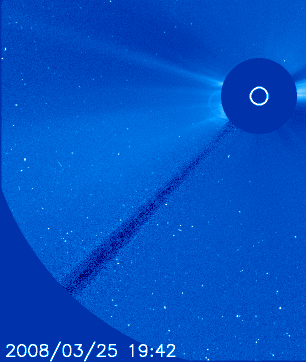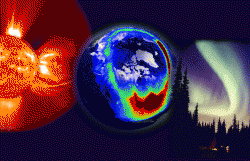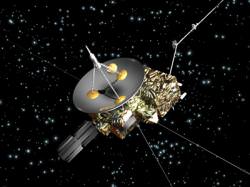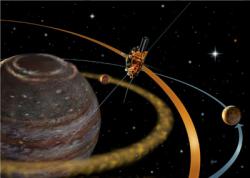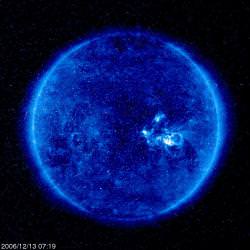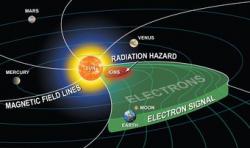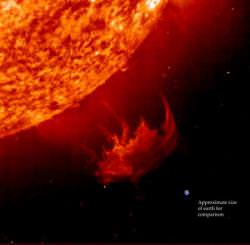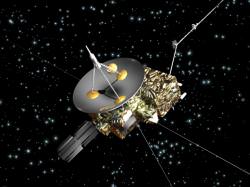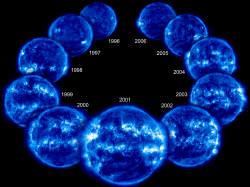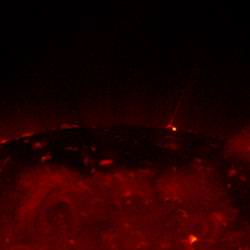For several decades solar scientists have been hard at work trying to unravel the mysteries of the solar corona. Thanks to a medical x-ray technique known as tomography, scientists are able resolve solar activity in greater detail. By using a new way of processing images, active regions now take on dimensions never foreseen by computer models.
Today Dr. Huw Morgan presented his results to the Royal Astronomical Society National Meeting in Belfast. Using an adapted medical X-ray technique, scientists have produced the first detailed map of the structure of the Sun’s outermost layer, the corona. The application known as tomography uses a series of images taken from many different angles to reconstruct a 3-dimensional map created from direct solar observations.
“This is a breakthrough for scientists trying to understand the corona and the solar wind. We’ve been attempting to apply tomography to the solar corona for more than 30 years but it’s proved very difficult and very inaccurate until now. The new technique that I’ve developed is only in its infancy but shows great potential for areas of research like space weather,” said Dr Morgan, of the University of Aberystwyth.
The process has not been as easy one, nor is it a new idea. Without images of the coronal far side, researchers were left with only half the data. The near side produces its own difficulties as well, since the outermost areas of the corona are more than a thousand times fainter than the regions near the Sun. This factor introduces huge potential errors to observations. Thanks to Dr. Morgan, his new way of processing coronal images, called Qualitative Solar Rotational Tomography (QSRT), eliminates the steep drop in brightness and associated errors. With the help of SOHO’s LASCO instrument, Dr. Morgan applied the technique to a series of images taken as the Sun’s rotation brings the ‘missing’ areas into view. The result? Full coronal maps that are at least 5 times more detailed than previous tomographical studies of the Sun. And the future may hold far more. Says Morgan:
“I’ve now produced maps of the corona over almost a whole cycle of solar activity, so we can now see in unprecedented detail how structures develop and evolve in three-dimensions. The maps have produced some interesting results: for instance we’ve observed large areas of dense structures when the Sun is most active that are not predicted by current computer models. We’ve also found evidence that inner regions of the corona rotate at different speeds.”
According to the RAS press release, the technique is already being used by scientists at the Institute of Maths and Physics at Aberystwyth University to interpret their radio-wave observations of the solar wind. Dr. Morgan, together with colleagues at the Institute of Astronomy at the University of Hawaii, is also using the maps to interpret ultraviolet observations of the corona. Says Dr. Morgan:
“These maps will also prove useful in the important field of space weather. Explosions at the Sun travel through space and often hit the Earth. These energetic magnetic clouds can disrupt communication, power supplies and be a major health hazard for astronauts and airline pilots. Understanding and predicting these storms is a major goal of solar science. The ability to map the whole 3D structure of the corona is a critical step towards achieving this goal.”

